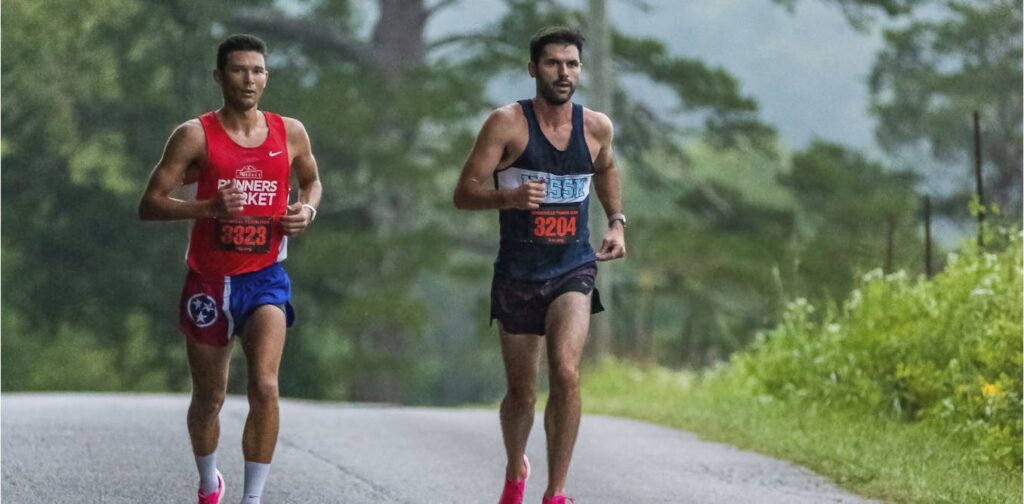Revolutionizing Marathon Performance: The Intersection of Mathematics, Nutrition, and Strategy
Standing at the starting line has always triggered nerves, whether in high school cross-country meets or the cold rain at the 2018 Boston Marathon. However, by November 2021, at the Monumental Marathon in Indianapolis, I had transformed my pre-race jitters into confidence. How? Through a unique blend of rigorous scientific research embedded in my doctoral program at the University of Tennessee, Knoxville, focusing on optimizing marathon running with a mathematical lens.
The Challenge of Marathon Running
The marathon, rooted in the legend of Pheidippides, challenges runners for centuries. With the first modern marathon taking place at the 1896 Olympics, the race has since evolved into a staple of athletic achievement. Completing the 26.2-mile distance demands not only extensive training but also a well-thought-out strategy. Paced correctly, a marathoner can avoid the perennial pitfall known as “bonking” or “hitting the wall,” which occurs when glycogen supplies dwindle.
The Science Behind Running
Despite extensive research in areas such as pacing and nutrition, there remains a gap where mathematics and long-distance running converge. Most existing studies focus on shorter race formats like the 800-meter dash, leaving marathon runners without critical insights on race dynamics. My research team, which included experts like Suzanne Lenhart and Guoxun Chen, aimed to fill this void by analyzing how nutritional strategies can be mathematically optimized for endurance athletes.
Building a Mathematical Model
To uncover the secrets of a peak marathon performance, my colleagues and I developed a computer model that factors in various personal attributes, such as a runner’s weight and aerobic capacity. By calculating energy expenditure rates and lactate clearance, we formed equations assessing available energy from fats and glycogen, including the effect of food intake during the race. This approach enables our model to recommend optimal pacing strategies alongside appropriate nutrition choices for individual runners.
Validating Our Model
To ensure our model’s effectiveness and accuracy, we compared simulated race outcomes against historical performances, including Eliud Kipchoge’s iconic 2019 world-record marathon. By inputting his personal parameters and nutrition strategy, our simulation corroborated his extraordinary performance, differing by only one second per mile. This level of accuracy highlighted the potential of our model for runners, regardless of their skill level.
Personal Application of the Model
In applying this research, I stood ready at the Indianapolis Marathon, equipped with an optimized pacing strategy and a detailed in-race nutrition plan that included five 100-calorie gels. The result? A personal best time of 2:37:14, a staggering 15 minutes faster than my previous best, with the simulation aligning precisely to my race pace within less than a 1% discrepancy. This demonstrates the real-world applicability of mathematical modeling in enhancing marathon performance.
Future Endeavors: User-Friendly Applications
Looking ahead, our ultimate goal is to transform this research into a user-friendly application that empowers marathon runners to plan their race day nutrition and pacing efficiently. Providing tailored nutritional strategies based on this advanced modeling could revolutionize the way runners prepare for races, making peak performance accessible to all.
Marathon running is not merely a test of physical endurance; it is an intricate interplay of science, strategy, and careful planning. By embracing this multi-faceted approach, runners can optimize their performance and achieve their goals on race day.
[For more cutting-edge insights into science, health, and technology, sign up for The Conversation’s weekly science newsletter.]
